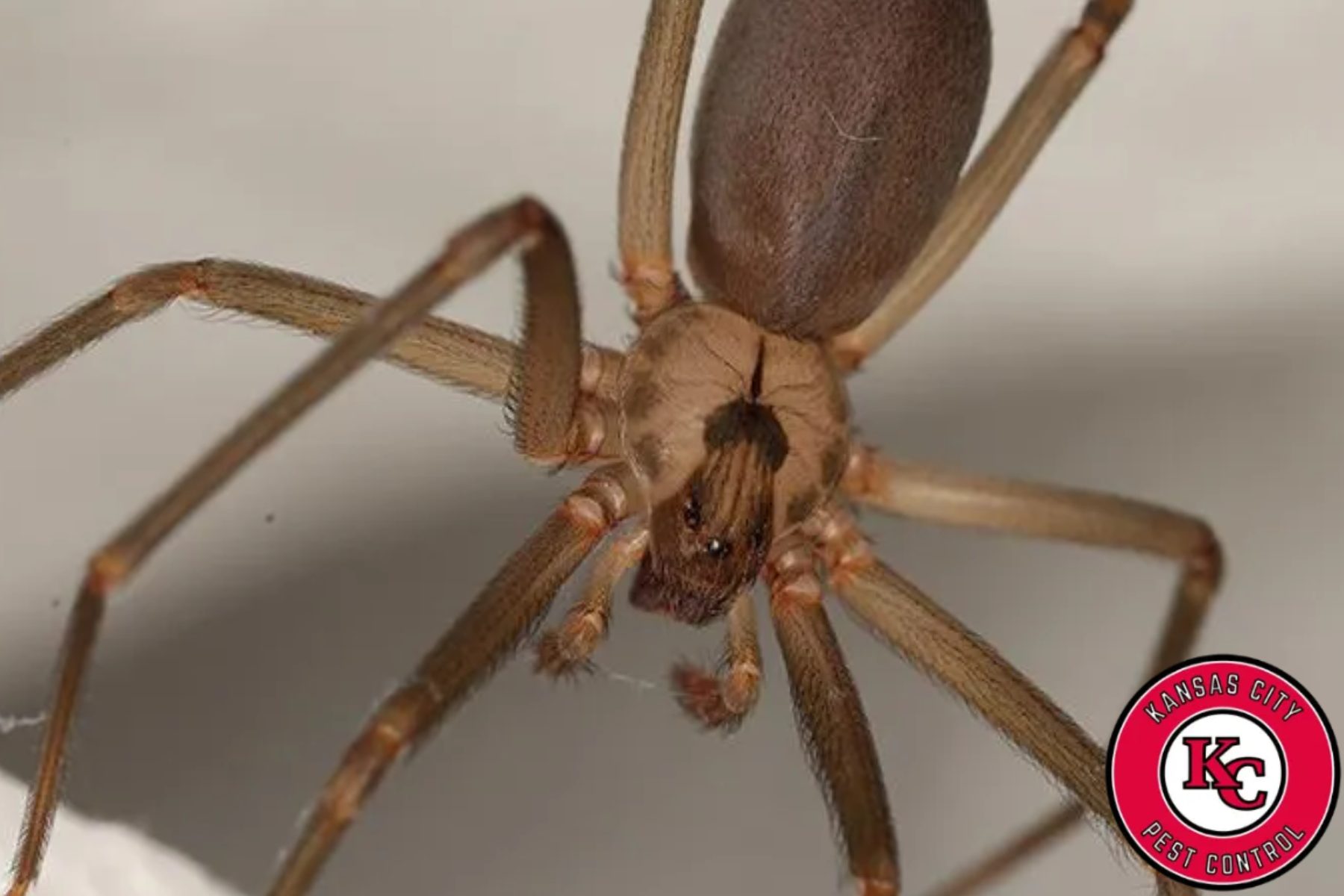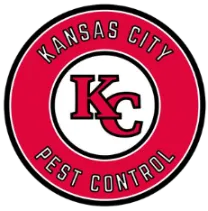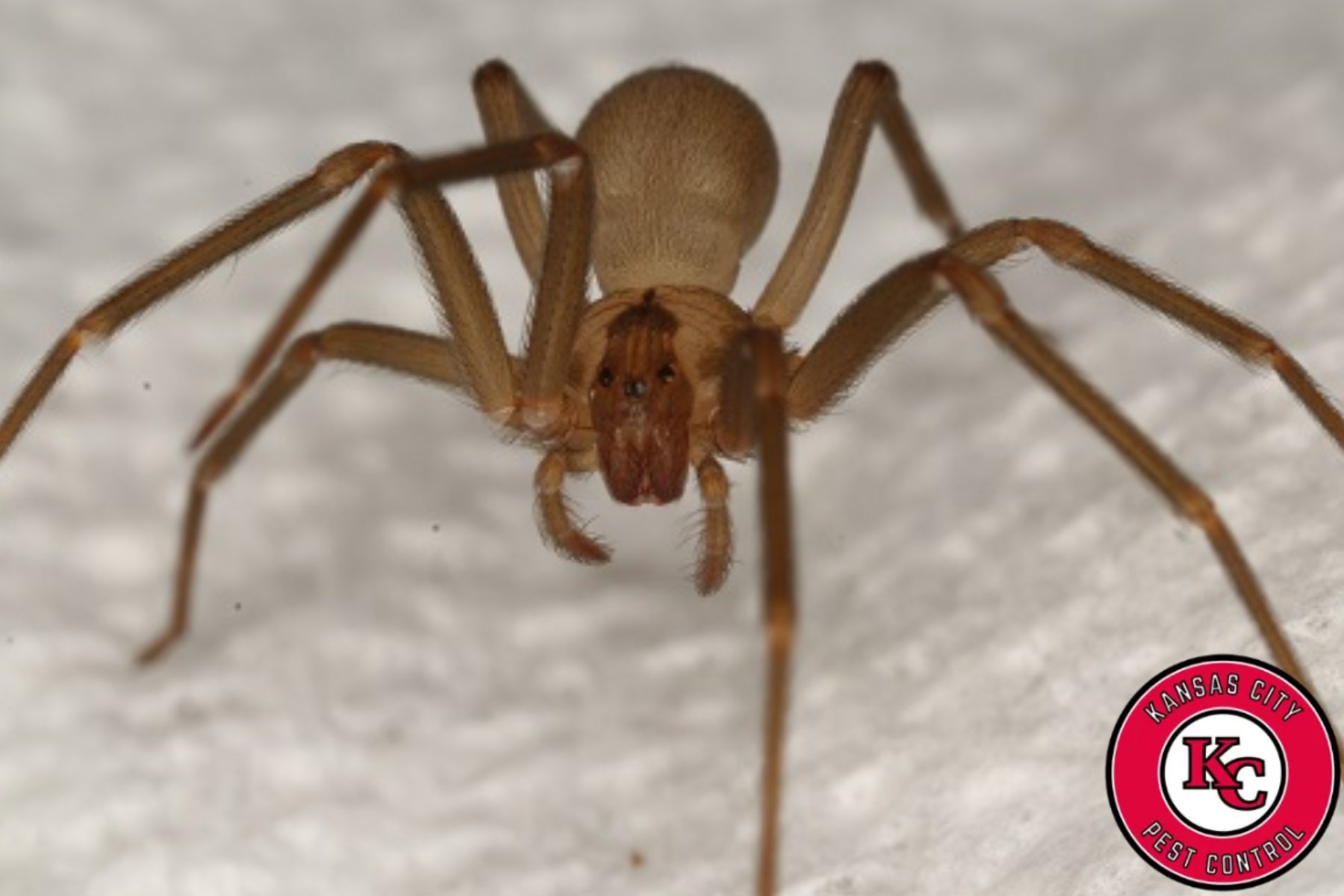Brown recluse spiders have a notorious reputation in the United States, especially in the Midwest. Known for their venomous bite, they strike fear into many homeowners. However, research and pest control Liberty professionals agree on one thing: most “brown recluse sightings” are actually misidentifications. This means many people are worrying about a dangerous spider that may not even be present in their homes.
Understanding how to identify a real brown recluse, learning about harmless look-alikes, and knowing what steps to take can help you stay safe while avoiding unnecessary panic.
Why Brown Recluse Spiders Are So Misidentified
Brown recluse spiders have a distinct look, but so do dozens of other species that often get mistaken for them. True brown recluses have a violin-shaped marking on their back, six eyes arranged in pairs, and uniformly colored legs without spines. Unfortunately, many people mistake any small brown spider with long legs as a recluse.
In fact, experts have found that most submitted spider samples labeled “brown recluse” turn out to be harmless species. To prevent unnecessary worry, it’s essential to compare actual features before jumping to conclusions.
If you’re concerned about spider activity and want an expert assessment, professional help from spider control near me can confirm what’s really in your home.
Spiders That Look Like Brown Recluse
Several common house spiders share similar colors and body shapes to the brown recluse, which fuels the confusion. Some of the most commonly mistaken species include:
- Wolf spiders – Larger, faster, and often hairy, these spiders have excellent eyesight and are non-aggressive.
- Cellar spiders – Sometimes called “daddy longlegs,” they have very thin legs and are harmless to humans.
- Orb weavers – Known for their intricate webs, orb weavers come in many colors and patterns.
- Grass spiders – With a similar brownish hue, these spiders are quick movers and rarely bite.
Identifying these spiders that look like brown recluse correctly can save you unnecessary fear and prevent needless pest treatments.
The Real Risk of Brown Recluse Spiders
True brown recluse bites are rare, even in areas where they are present. These spiders are not aggressive and typically only bite when trapped against the skin. While their venom can cause tissue damage, most bites heal without serious complications when treated promptly.
The problem arises when homeowners mistake harmless spiders for recluses, leading to unnecessary medical visits or overuse of pesticides. Understanding their actual habits, such as hiding in undisturbed areas like basements, closets, or storage boxes, can help you assess real risk.
For those unsure whether a spider problem is dangerous, seeking guidance on how to get rid of spiders in house is a safer, more effective option than trying to tackle it blindly.
How to Correctly Identify a Brown Recluse
If you think you’ve found a brown recluse, use the following checklist before assuming the worst:
- Eye pattern – Six eyes in three pairs, not the usual eight.
- Violin marking – A darker violin-shaped mark on the back, with the “neck” pointing toward the abdomen.
- Legs – Uniform color with no noticeable spines.
- Body size – About the size of a quarter, including legs.
- Location – Commonly found in dark, quiet areas indoors.
Even if a spider matches these traits, expert confirmation is recommended. Many pest control companies offer inspections to determine if the spider is truly a recluse.
The Role of Professional Spider Control
Because spider identification can be tricky, and bites from certain species can cause health issues, it’s smart to work with professionals. Trained technicians can:
- Properly identify the species.
- Recommend targeted treatments.
- Locate and remove egg sacs.
- Offer prevention tips to keep spiders away.
If you live in Missouri and need trusted local help, pest control Liberty MO services offer effective, long-term solutions for spider and pest issues.
Preventing Spider Infestations
While brown recluse spiders may not be as common as people think, prevention is still important. Steps you can take include:
- Sealing cracks and gaps around windows, doors, and foundations.
- Reduce clutter in storage areas to eliminate hiding spots.
- Keeping your home clean and free from insect pests, which are a spider’s main food source.
- Use sticky traps in areas where spider activity is suspected.
- Ensuring window screens and door sweeps are in good condition.
These measures help reduce the chance of both recluse and non-recluse spiders making themselves at home.

Why False Alarms Matter
Misidentifying harmless spiders as brown recluses not only causes unnecessary fear but can also lead to:
- Overuse of pesticides may impact indoor air quality.
- Wasted money on unnecessary treatments.
- Avoidable stress and anxiety for families.
By learning the differences between true brown recluses and other species, homeowners can make informed decisions about pest control.
About Kansas City Pest Control
Kansas City Pest Control provides expert pest management solutions to protect homes and businesses across the Kansas City area. Our team offers environmentally responsible treatments for spiders, ants, rodents, termites, and more. We focus on safe, effective, and long-term results tailored to each property’s needs. Whether you need routine maintenance or targeted pest elimination, our professional services keep your space pest-free year-round.

